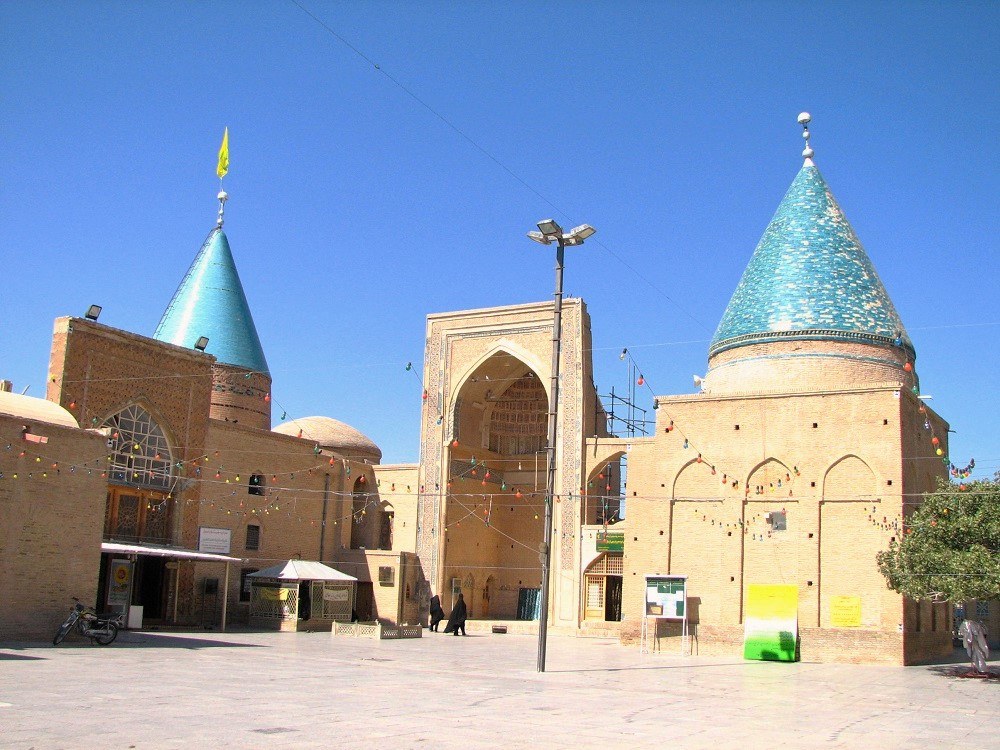
Mysticism is the heartfelt recognition obtained through revelation and intuition. Sufism has been defined in different ways. To better understand these two concepts of mysticism & Sufism in Iran, one can get a perception by comparing practical and theoretical mysticism.
Practical mysticism is the most audaciously wanted perfection and the highest spiritual interest that expresses human relations and responsibilities within and toward himself, his community and God. It takes a spiritual journey as a way of life.
Theoretical mysticism deals with the interpretation of existence.
It relies on revelatory and heart-felt principles and bases in its reasoning. In fact, Sufism is the practical aspect of mysticism.
Islamic Mysticism & Sufism in Iran
Islamic scholars believe that Islamic mysticism and Sufism are adopted from the spirit and truth of Islam, but there have also been influencing attitudes entering into it from the mysticism of other religious communities.
The Islamic school of Basra, a city in present-day Iraq, in mysticism and Sufism transformed devoutly Sufism to loving Sufism. The school of Khorasan was strongly based on rebuking oneself in people and/or God’s presence. People’s approval was believed to block their hearts from stepping toward God.
There are various methods in Sufism to be on the way toward the truth:
- The method of devotion;
- The method of revelation and recognition; and,
- The method of pantheism.
The Way to Recognize The Truth
- A Sufism disciple, in his spiritual journey, must obey his master and go through eight austere stages to get the intuition that is altogether the way to recognize the truth.
- Seeking
- Refining morality, including degrees like repentance, refrainment, abstention, poverty, patience, reliance, contentment and submission. It is also inclusive of undergoing some states felt by the heart. They are the feelings of being in carelessness, closeness to God, love, fear, aspiration, enthusiasm, observation, assurance, certainty, and praising.
- Having enthusiasm and anxiety
- Loving
- Getting perplexed
- Becoming void, and
- Believing in one sole being
There have been different people taking these stages in various ways and pioneered several orders of Sufism like Noorian, Hakimian, Qaderian, Sohrevardian, Molavian, Safavian, Nematollahian, Naqshbandian, etc.
Khaneqah or Khanegah
People who follow Mysticism & Sufism in Iran always needed a place of gathering and worship. So, Khaneqah immerged for this reason.
It is the residence and private place for Sufis to concentrate on their devoted life. These buildings consisted of bathhouses, stables, dance halls (ceremonial religious dancing), mosques, classrooms, and a few other facilities.
Code of Dressing
A coarse cloak (Kherqeh) has been what a high spiritually ranked Sufi presented to another Sufi of lower rank. They are differently named depending upon various occasions under which they are presented to a Sufi.
Spiritual Dancing
Among some orders of Sufis, on occasions like Thanksgiving, they follow an old tradition of playing music and dancing. Sama’ is a spiritual means to persuade Sufis to dance, which is mixed with spiritual rejoicing.
The Influence of Mysticism on Human Life
Mysticism and Sufism in Iran have influenced the societies they have grown in, just like anywhere else in the world. True Sufism have put positive impacts on others resulting in great changes like producing balance in religions, respecting humanity, teaching uprightness and liberalism, purifying the heart, associating with people, tending to cooperation and devotion, leading people toward the truth, introspecting, teaching love and kindness, ignoring the gravity of death, believing in the importance of human beings, helping religion to flourish, helping the richness of literature and so on.
Therefore, Iran’s culture is abundantly indebted its richness of mysticism and Sufism which is still deeply rooted in its present cultural condition. Knowing mysticism helps to examine today’s society in Iran as well as other fields impacting people’s lives.






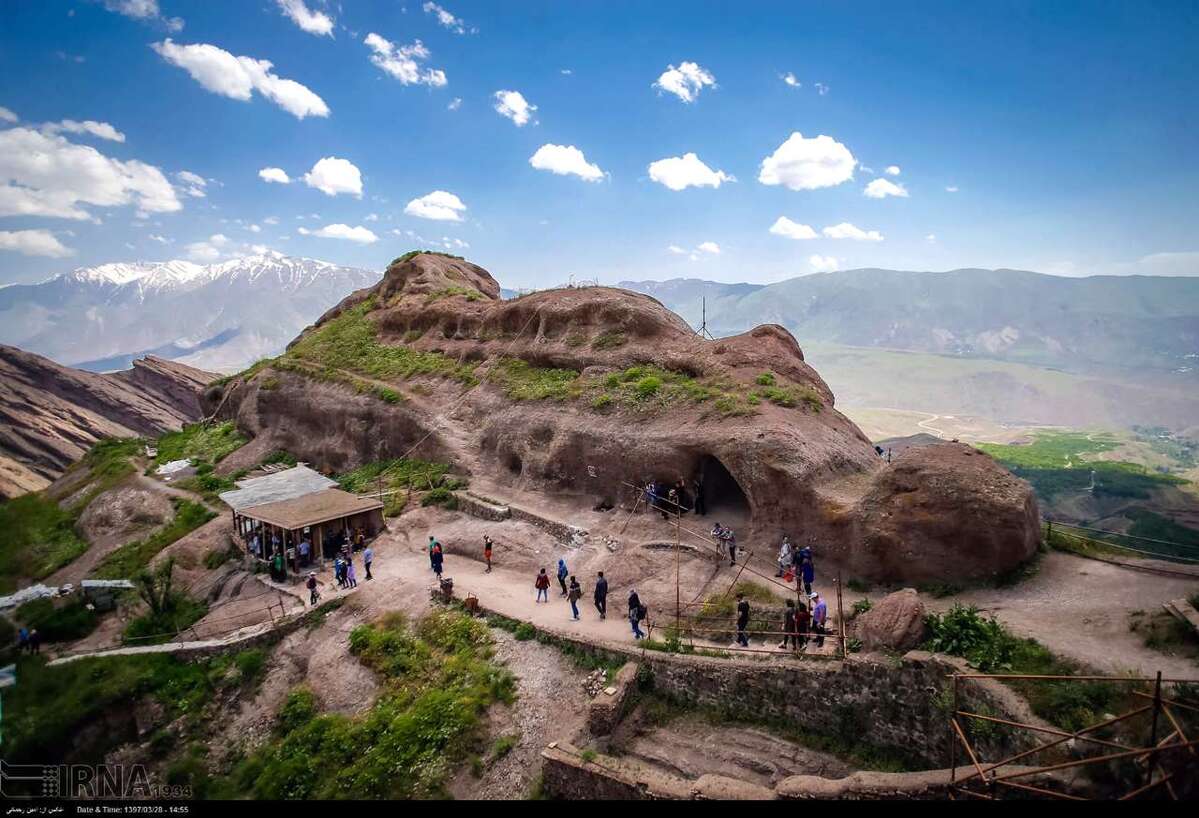
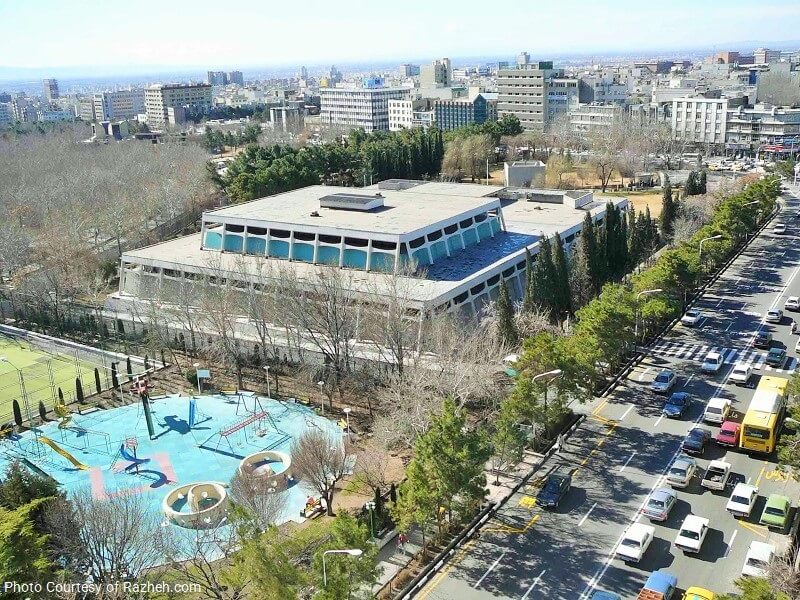
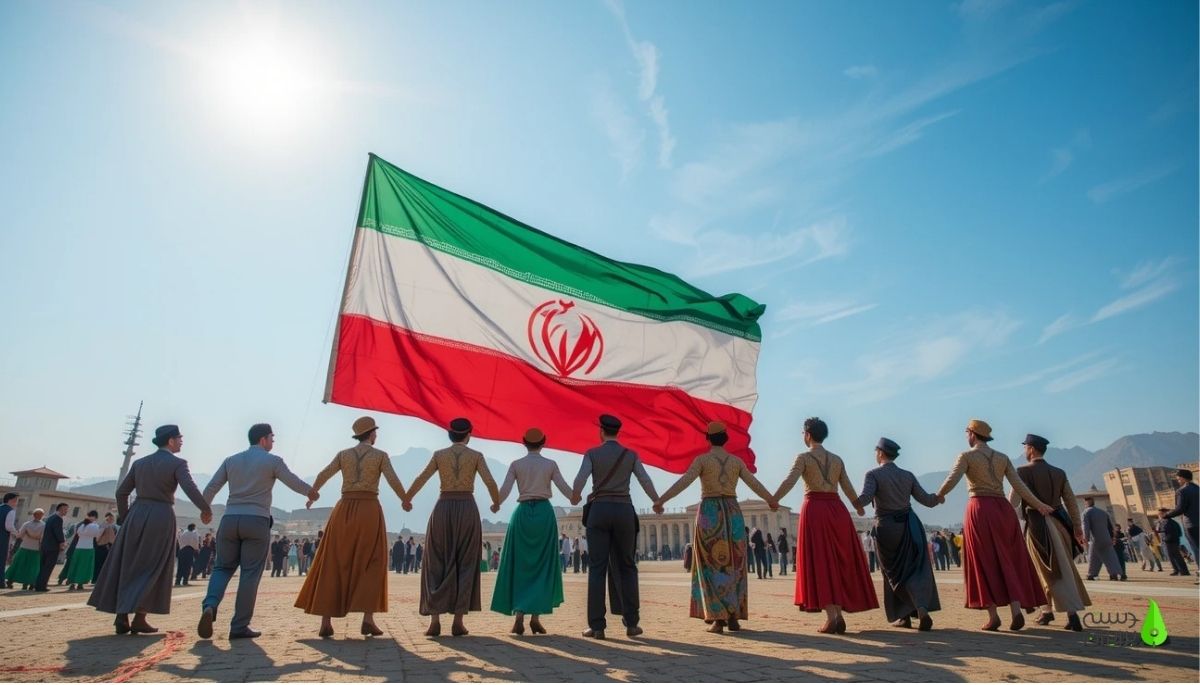
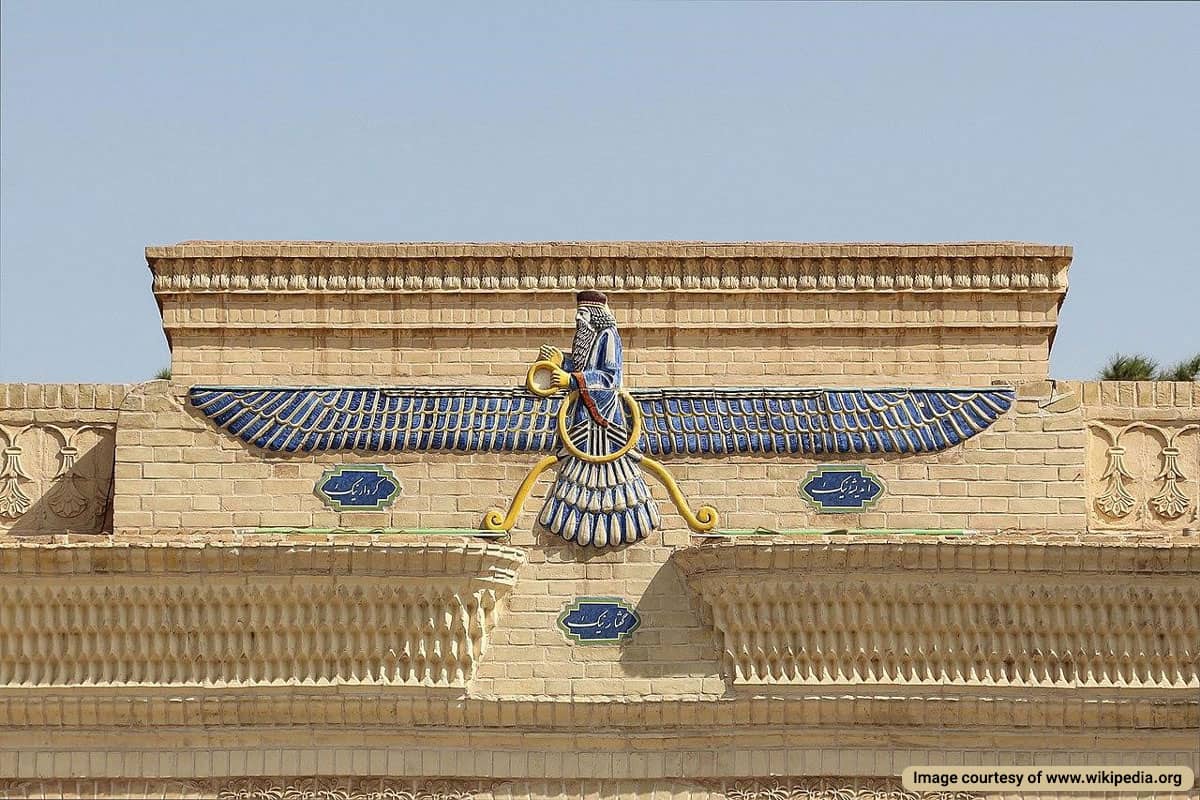
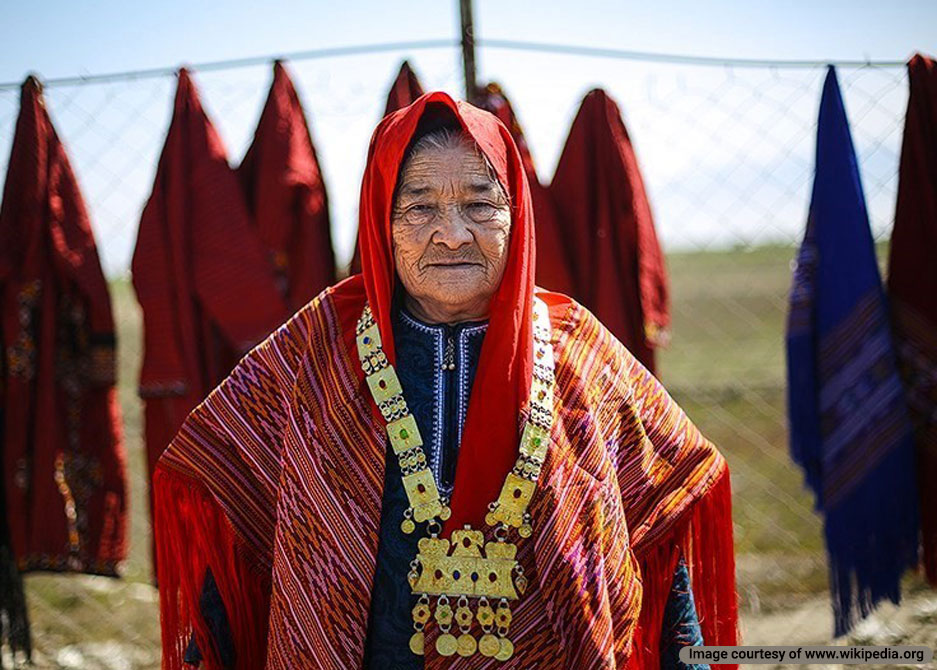
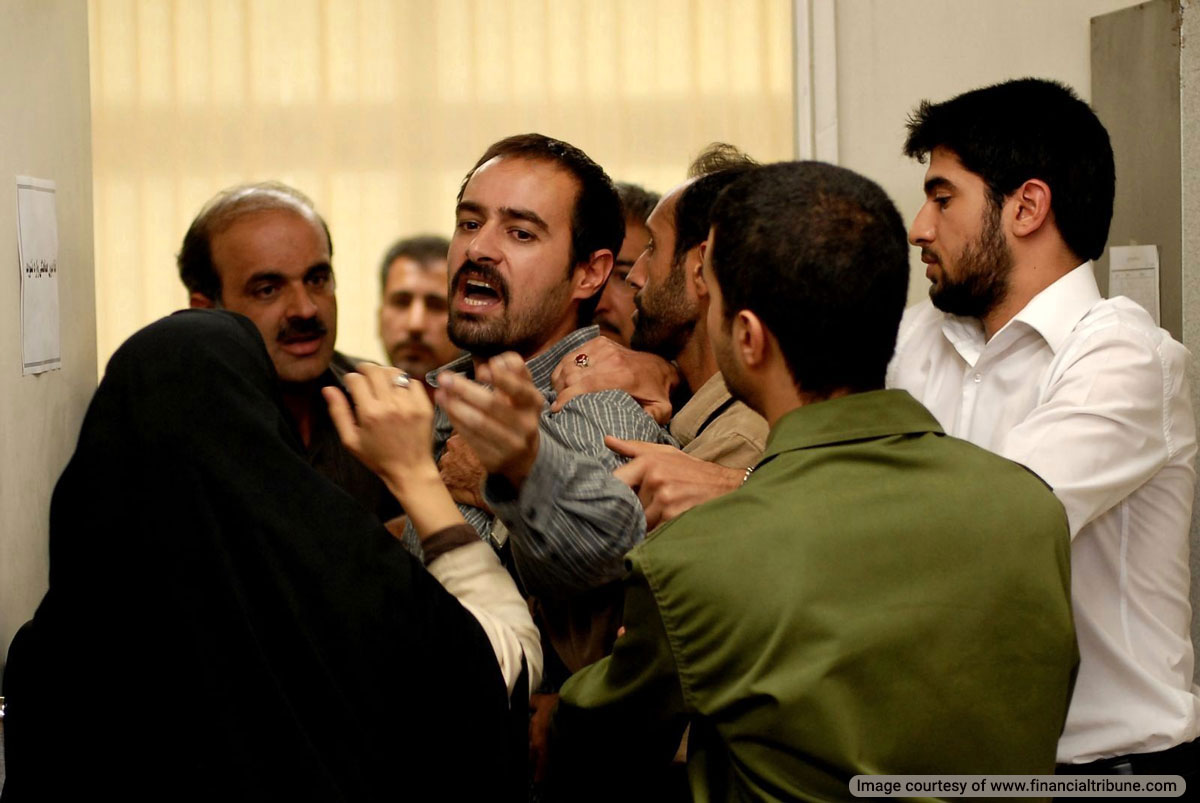
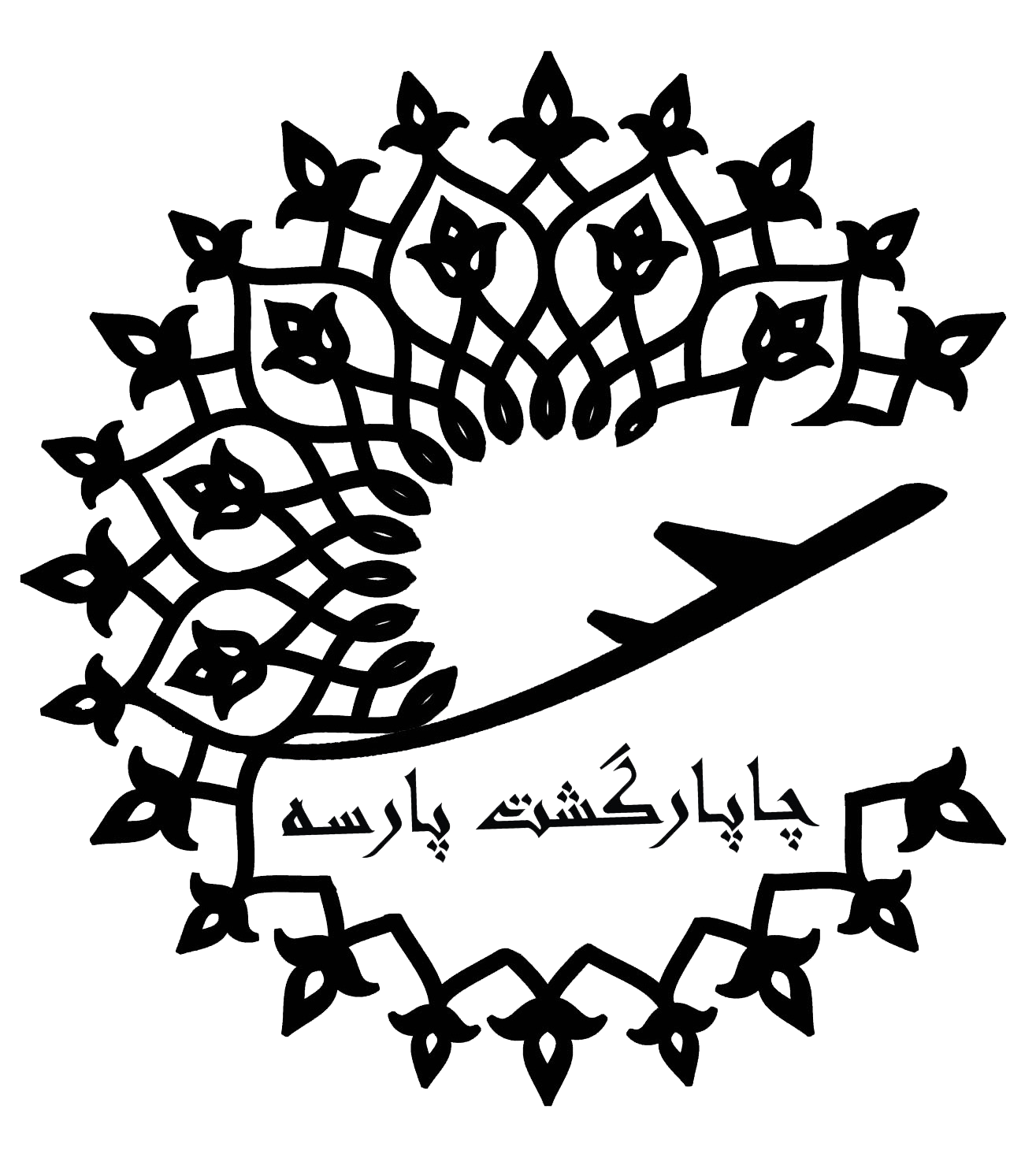

Greetings,
My name is Elham Zarrabian. I am interested in visiting ancient Sufi sites and talking to Sufi practitioners in Iran. Do you have any leads?
Thank you,
Elham Zarrabian, Ph.D.
Los Angeles, CA
Hi Elham,
Thanks for showing interest in exploring this aspect of Iranian. As you know there are various groups of Sufis in Iran. First of all, I need to know more about your particular interests – which sites and which orders.
Please drop me an email and explain more about what you expect to see so that I can get a clearer image to help you.
I am looking for a guided sufi tour for myself only. Can you tell me the Sufi shrines in Iran including Bayazid Bastami and SHeikh Sadi.
Also is there a place called Soharward and is there sufi mazarat in that city.
Yes, Tahseen. It can be done. Please make a list of the places you want to see in Iran and send it to us.
Regarding your questions about Sohrevard, it’s in Zanjan province. Please send us an email and we start from there.
What about Farmed? Is that a village or a town? I believe the successor of Abul Hassan Kharqani is there. Whose name is Abu Ali Farmedi. Have you been there or know the location
Yes, the village is called “Faryumad”. I’ve not gone inside this village. It’s a village between Shahroud and Sabzevar.